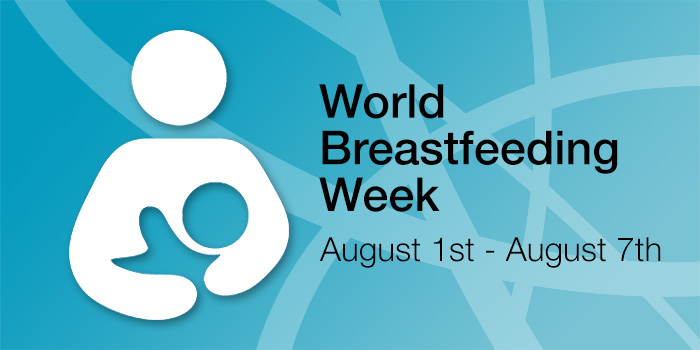
June is Men’s Health Month
June 12, 2018
WORLD BREASTFEEDING WEEK CELEBRATED
July 27, 2018Summer is here and it is a great time for families and pets to enjoy the outdoors. It is also a great time to insure your pets are up to date on rabies vaccination due to the potential for pets to come into contact with wildlife or stray animals, according to Daniel E. Regenye, Ocean County Health Department (OCHD) Public Health Coordinator. “There have now been three reported rabies cases in Ocean County this year involving a raccoon, a skunk and a cat,” cautions Regenye.
“There are some very serious health risks associated with being bitten by a rabid animal,” said Regenye. “While many stray animals and wildlife may look adorable, any stray animal may pose the risk of being positive for rabies and should not be approached due to the unpredictability of a rabid animal,” explained Regenye. “With the season upon us for the birth of many kittens, it is important to remember that stray kittens are also not always harmless.” “Our residents and visitors are urged to take appropriate precautions for their own safety and contact their local animal control should they notice stray animals and wildlife in their neighborhood acting strangely, foaming from the mouth, dragging rear legs or being aggressive.”
“Transmission of the rabies virus occurs through a bite due to the infected saliva of an infected animal,” Regenye continued. According to the Centers for Disease Control and Prevention:
Rapid and accurate laboratory diagnosis of rabies in humans and other animals is essential for timely administration of post-exposure prophylaxis (treatment). Within a few hours, a diagnostic laboratory can determine whether or not an animal is rabid and inform the responsible medical personnel. The laboratory results may save a patient from unnecessary physical and psychological trauma, and financial burdens, if the animal is not rabid.
“If a person is bit by a cat or dog it is very important that animal control authorities are made aware in order to capture the animal to commence a ten day observation period to determine the potential for rabies. But if the animal is suspected to be rabid and is not captured, medical attention should immediately be sought to determine the need for treatment, according to Regenye. According to the CDC, rabies in humans is 100% preventable through prompt appropriate medical care. Yet, more than 55,000 people, mostly in Africa and Asia, die from rabies every year – a rate of one person every ten minutes. In essence, according to Regenye, “rabies infection is preventable, even after a bite, but only with immediate medical attention.” ”Once rabies is allowed to develop without appropriate preventative treatment in a human, there is no known cure and the disease is fatal,” Regenye warns.




